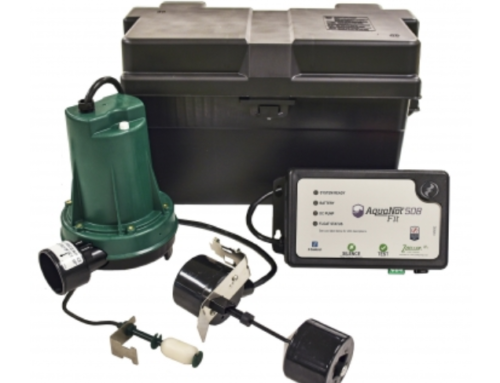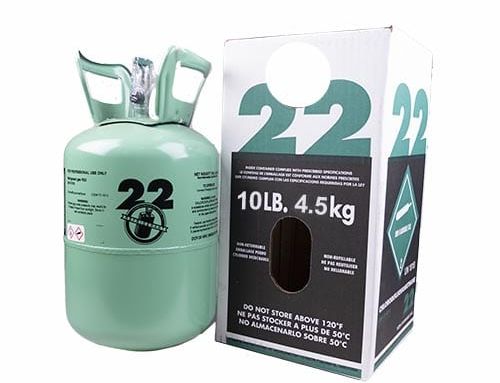
Through proper use of a programmable thermostat (using the four pre-programmed settings) you can save about $180* every year in energy costs.
Rules of Thumb for Proper Use:
- Keep the temperature set at its energy savings set-points for long periods of time (at least eight hours), for example, during the day, when no one is at home, and through the night, after bedtime.
- All thermostats let you temporarily make an area warmer or cooler, without erasing the pre-set programming. This override is cancelled automatically at the next program period. You use more energy (and end up paying more on energy bills) if you consistently “hold” or over-ride the pre-programmed settings.
- Units typically have two types of hold features: (a) hold/permanent/vacation; (b) temporary. Avoid using the hold/permanent/vacation feature to manage day to day temperature settings. “Hold” or “vacation” features are best when you’re planning to be away for an extended period. Set this feature at a constant, efficient temperature (i.e. several degrees warmer temperature in summer, several degrees cooler during winter), when going away for the weekend or on vacation. You’ll waste energy and money if you leave the “hold” feature at the comfort setting while you’re away.
- Cranking your unit up to 90 degrees or down to 40 degrees, for example, will not heat or cool your house any faster. Most thermostats begin to heat or cool at a set time, to reach setpoint temperatures sometime thereafter. Units with adaptive (smart/intelligent) recovery features are an exception to this rule. Adaptive recovery units are constantly calculating the amount of time required to heat or cool the house, so that it reaches that temperature when the homeowner programmed it. By “examining” the performance of the past few days the thermostat can keep track of the seasons. In this way, your house is always at the comfort levels when occupied, but saving the most energy when unoccupied.
- Many homes use just one thermostat to control the whole house. If your home has multiple heating or cooling zones, you’ll need a programmed setback thermostat for each zone to maximize comfort, convenience and energy savings throughout the house.
- If your programmable thermostat runs on batteries, don’t forget to change the batteries each year. Some units will indicate when batteries must be changed.











